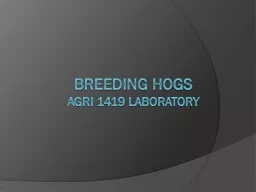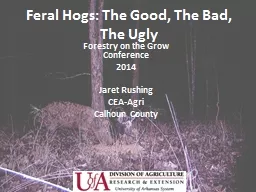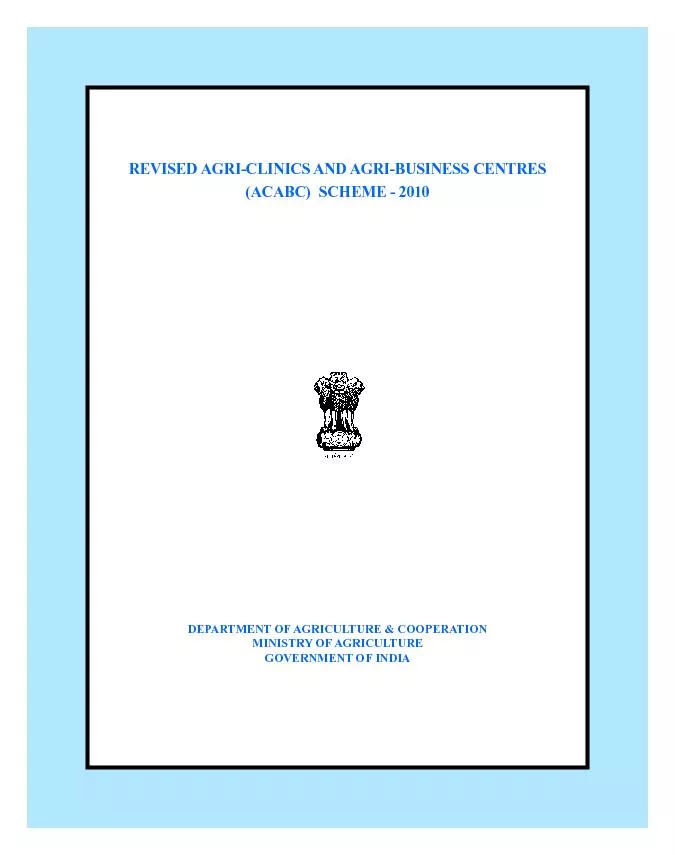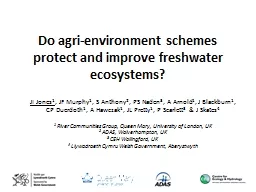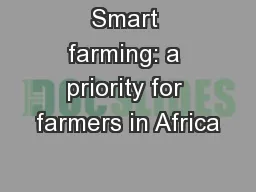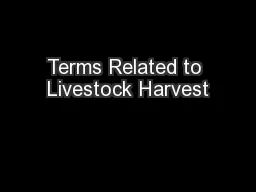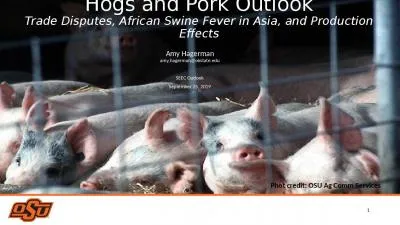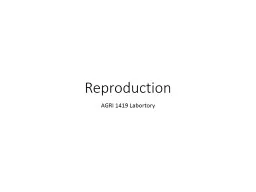PPT-Breeding Hogs AGRI 1419 Laboratory
Author : joyousbudweiser | Published Date : 2020-06-25
Breeds of Swine Things to Know Description Ear Carriage Down or Erect Type Sire or Dam Landrace Originated in Denmark Large down ears Known for their maternal instincts
Presentation Embed Code
Download Presentation
Download Presentation The PPT/PDF document "Breeding Hogs AGRI 1419 Laboratory" is the property of its rightful owner. Permission is granted to download and print the materials on this website for personal, non-commercial use only, and to display it on your personal computer provided you do not modify the materials and that you retain all copyright notices contained in the materials. By downloading content from our website, you accept the terms of this agreement.
Breeding Hogs AGRI 1419 Laboratory: Transcript
Download Rules Of Document
"Breeding Hogs AGRI 1419 Laboratory"The content belongs to its owner. You may download and print it for personal use, without modification, and keep all copyright notices. By downloading, you agree to these terms.
Related Documents

